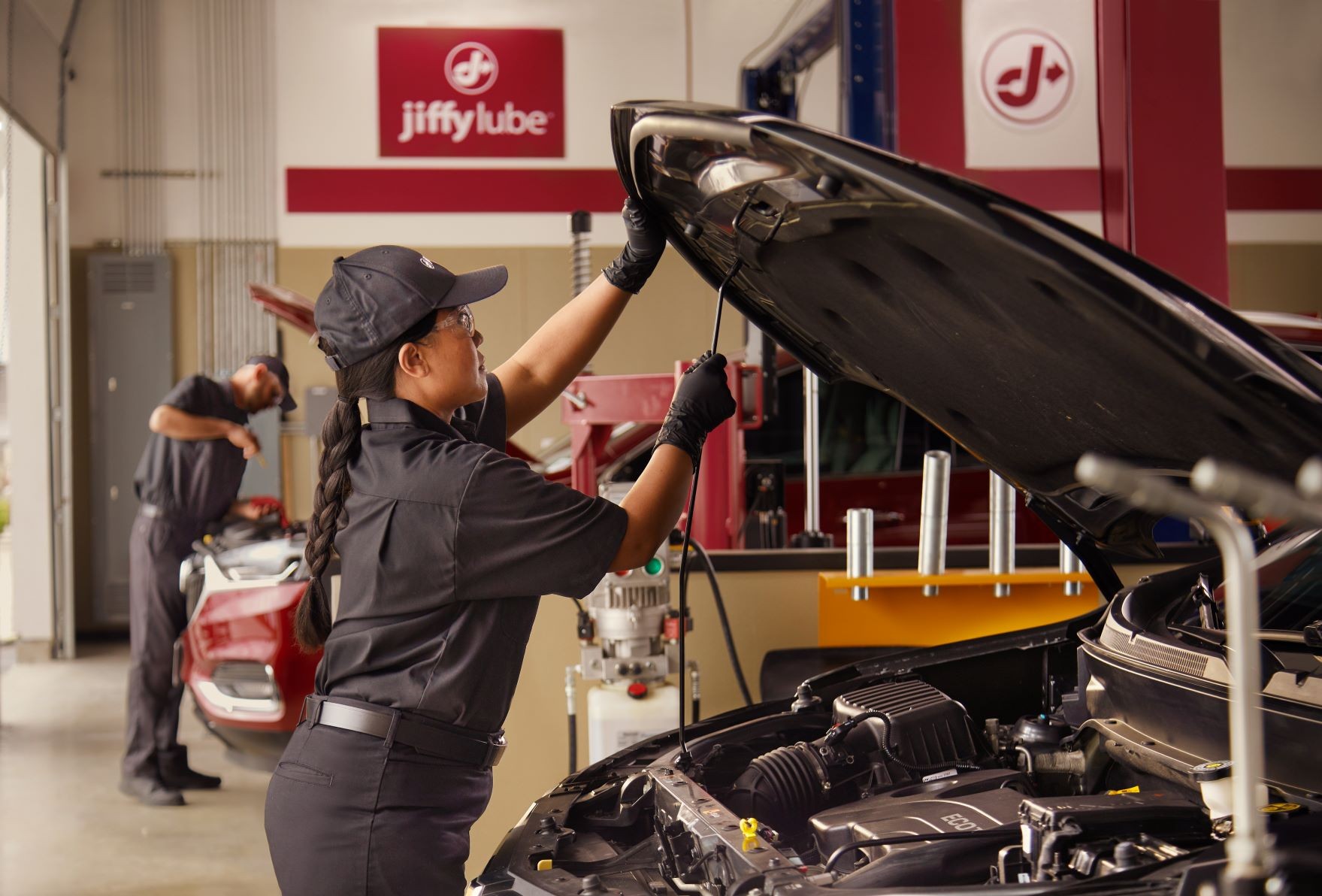Brakes are arguably the most critical safety feature in your car, demanding regular attention to ensure they function flawlessly. One of the most straightforward and cost-effective ways to maintain your brakes is by regularly checking the brake fluid. Surprisingly, many drivers only think about this essential automotive fluid when a problem, like a brake fluid leak, occurs. Let’s change that. This guide will walk you through how to check your brake fluid, making it a routine part of your car care.
Why, When, and How to Check Brake Fluid in Your Car
- Why is it important? Regularly checking your brake fluid is vital for maintaining optimal fluid levels. This is paramount for brake responsiveness, directly impacting the safety of you, your passengers, and everyone around you on the road. Adequate brake fluid ensures the hydraulic pressure needed for effective braking is consistently available.
- When should you check your brake fluid? While most vehicle owner’s manuals recommend a brake fluid replacement every two to three years, consistent visual checks are also important. Experts recommend a visual inspection of your brake fluid every three to four months. If you live in a humid climate, more frequent checks are advisable, as moisture absorption can negatively affect brake fluid chemistry and volume. Regular checks can help catch potential issues early.
- How to check your car’s brake fluid? You have two convenient options: you can perform a brake fluid check yourself or have it done by trained professionals. Both methods are effective, and the best choice depends on your comfort level and available time.
Option 1: DIY – Checking Your Brake Fluid Yourself
Before starting a DIY brake fluid check, remember these are general instructions. Always consult your vehicle’s owner’s manual for specific details and recommendations related to your car model.
- Locate the brake fluid reservoir. This is usually found under the hood, mounted on the master cylinder. If you’re unsure of its location, your owner’s manual is your best resource. It often has a symbol on the cap indicating brake fluid, and the reservoir is typically translucent plastic with “MIN” and “MAX” level markings.
- Check the brake fluid level. Look at the side of the reservoir. You’ll see “maximum” and “minimum” lines. The brake fluid level should be between these lines. If the fluid level is at or near the “minimum” line, it’s a sign that your brake system requires professional inspection. Don’t postpone this check until your next oil change. Schedule a brake inspection at your earliest convenience.
- Examine the brake fluid’s color and clarity. Fresh brake fluid is typically clear and has a light tint of green/blue or yellow/orange. As brake fluid ages and its additives deplete, it can darken. Murky or dark brake fluid can indicate contamination. This is another critical sign that you should have your car inspected by professionals. A qualified technician can perform a comprehensive brake fluid inspection, including tests for moisture contamination and the effectiveness of the additive package.
Ignoring warning signs like low fluid level or discolored fluid can lead to brake system problems and potentially costly repairs down the road. Regular checks and timely action are key to maintaining a healthy brake system.
Option 2: Professional Brake Fluid Check at Jiffy Lube
If DIY isn’t for you, or if you prefer professional assurance, take your car to a trusted service provider like Jiffy Lube. With over 2,000 locations, Jiffy Lube offers convenient and expert brake fluid checks. During a service visit:
- Be prepared to discuss your driving habits. Technicians may ask about your typical driving conditions. Do you frequently carry heavy loads? Do you drive in hilly or mountainous areas? Are you often in stop-and-go traffic? These factors can significantly impact brake wear and brake fluid efficiency. Understanding your driving style helps technicians assess your brake fluid needs more accurately.
- A technician will thoroughly inspect your brake fluid. This includes visually checking the fluid, testing its additive package strength (often using a copper test), and assessing moisture content. These tests provide a complete picture of your brake fluid’s condition.
- You’ll receive a clear explanation of the inspection results. Technicians will explain the findings and answer any questions you may have. If brake fluid service, such as a brake fluid exchange, is recommended, it will be performed only with your approval. Jiffy Lube uses quality Pennzoil® products where applicable, ensuring your vehicle receives top-notch care.
Jiffy Lube: Helping You Ensure Your Brakes Are Doing Their Job
If you notice your brake fluid is low or if the brake warning light illuminates on your dashboard, take immediate action. These could indicate a brake fluid leak or that your brake pads may need replacement. Don’t wait for brake performance to degrade. Bring your car, truck, SUV, or minivan to Jiffy Lube for a professional inspection to ensure your brakes are always in optimal condition.
 A Jiffy Lube technician begins a brake fluid inspection on a car
A Jiffy Lube technician begins a brake fluid inspection on a car
Further Reading for Car Brake Maintenance
Now that you understand brake fluid checks, you might be interested in learning more about brake pads. Learn about brake pad lifespan here.
Remember, brake fluid is just one of the essential fluids that keep your car running smoothly. Discover more about Jiffy Lube’s fluid replacement and exchange services for transmission fluid, radiator coolant, and more.
For more helpful car care tips and information, visit the Tips in a Jiffy blog regularly. New content is frequently added. Please note: Service availability varies by Jiffy Lube location. Contact your local center or visit jiffylube.com to confirm service offerings.